The first all-electric Jaguar is currently an endangered species
The Jaguar I-Pace, launched four years ago, remains one of the best EVs to drive, yet is still the company’s only all-electric car. What’s Jaguar’s next move?
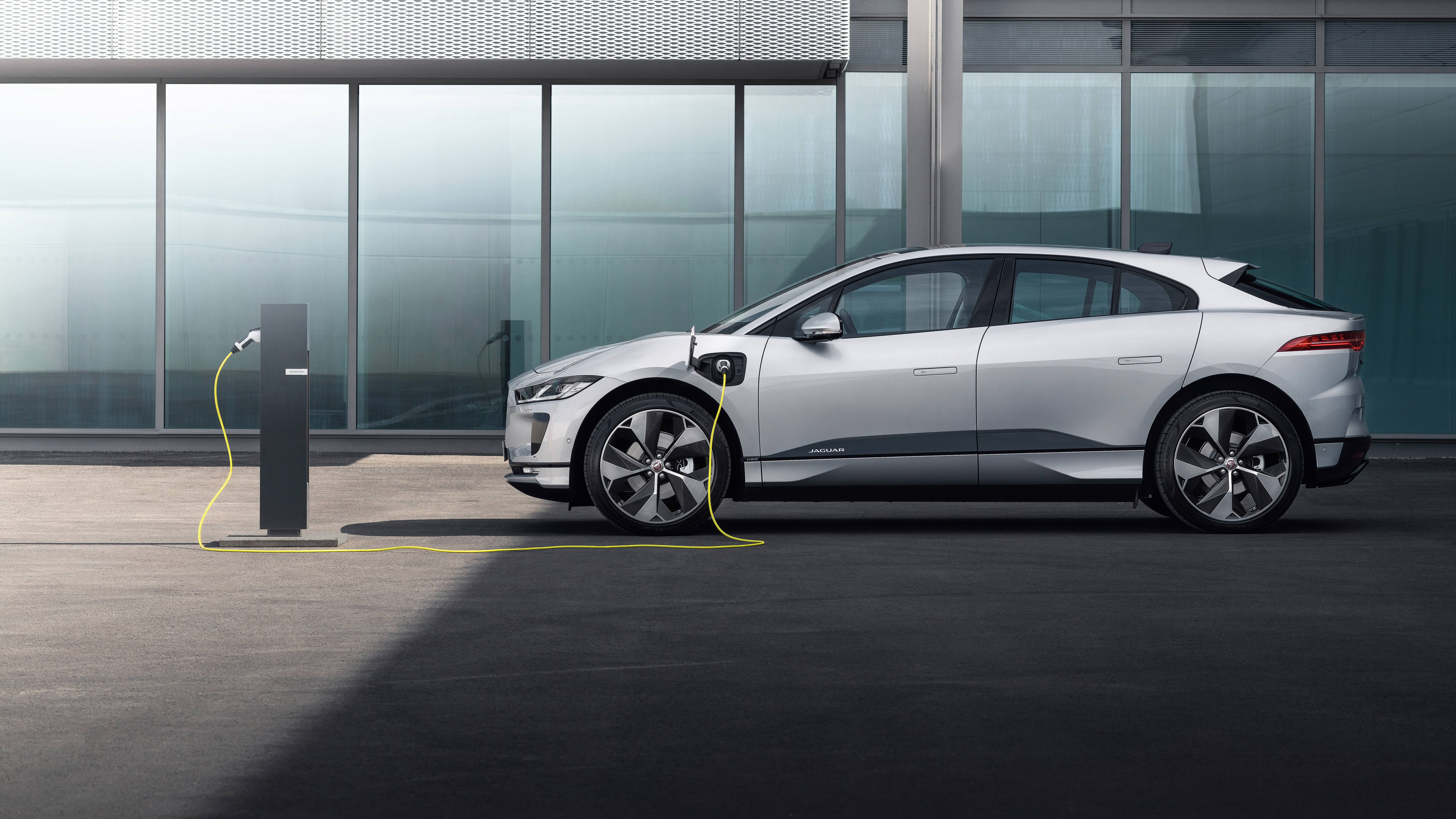
The electric Jaguar I-Pace has now been on sale for four years, and the design itself was probably signed off some time in 2016. Because of the nature of EVs, improvements and enhancements can often be delivered ‘over the air’, updating software, adding new services, and rejigging the systems that manage the battery to eke out more range and performance.
This is why Tesla’s Model S has soldiered on for an impressive ten years and doesn’t look set to be replaced any time soon. The I-Pace’s most recent update was the addition of Amazon Alexa earlier this year, part of an upgrade to all JLR models fitted with the latest infotainment systems. Baking in an established personal assistant like Alexa is a no-brainer for a relatively small company like Jaguar, which doesn’t have the resources to build its own AI from scratch, let alone maintain it.
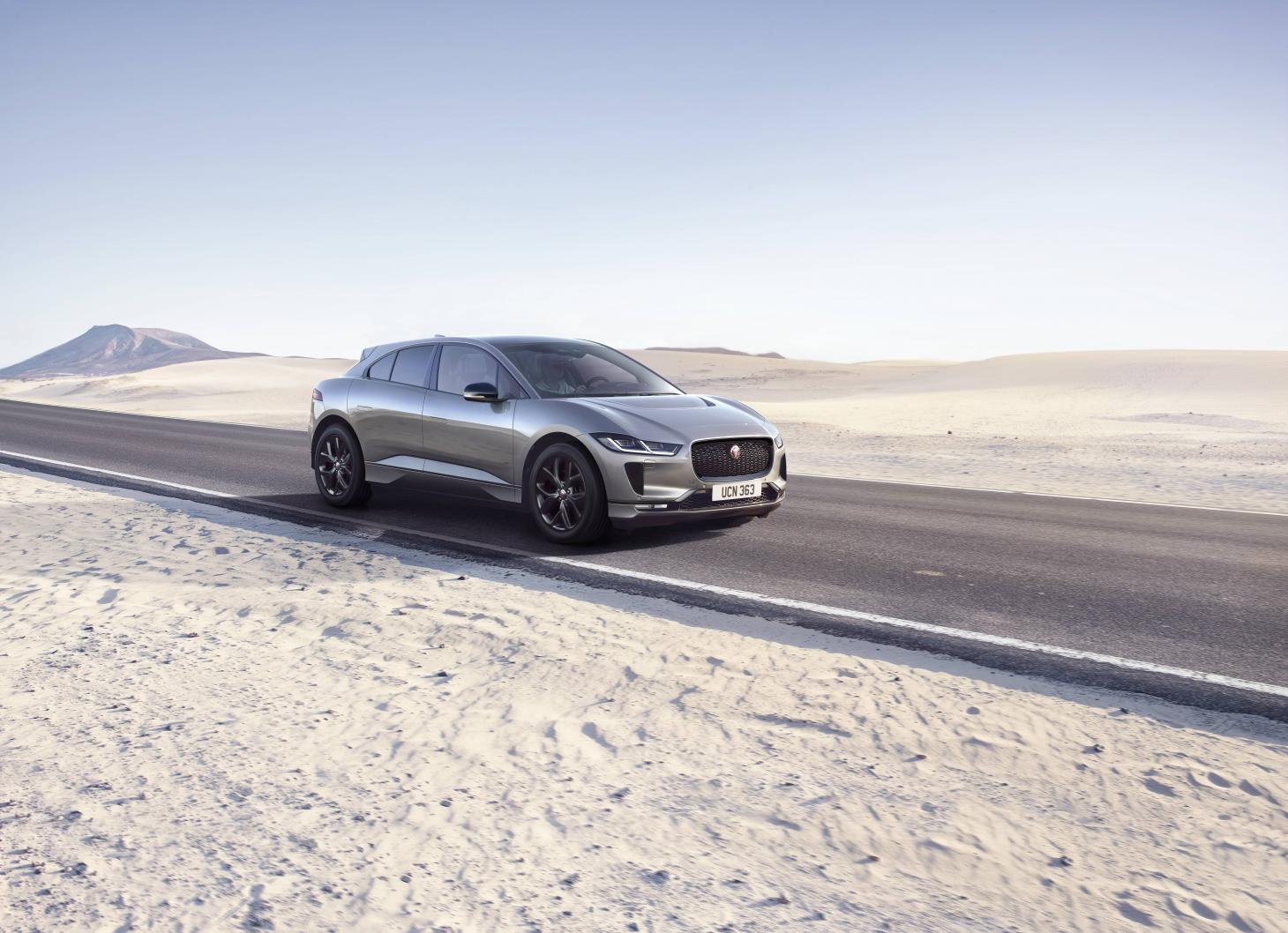
In-car conversations aside, does the I-Pace still have what it takes? The answer is a qualified ‘yes’. The headline figures – a theoretical maximum range of 292 miles (think more like 220 in practice) and a snappy 4.5 second 0-60mph time – give the I-Pace the right mix of practicality and pleasure. It’s definitely a car you can use daily with no problems at all, and remains one of the best EVs to drive, with great balance and feedback that belies its size and weight.
The design, overseen back in the Ian Callum era, still looks great. The forms and proportions were directly influenced by the freedom of the EV platform beneath it, with a long wheelbase, short bonnet and stubby tail allowing for a massive passenger compartment. The dashboard is unfussy and intuitive, and there are no shoehorned ‘heritage’ design cues anywhere to be found.
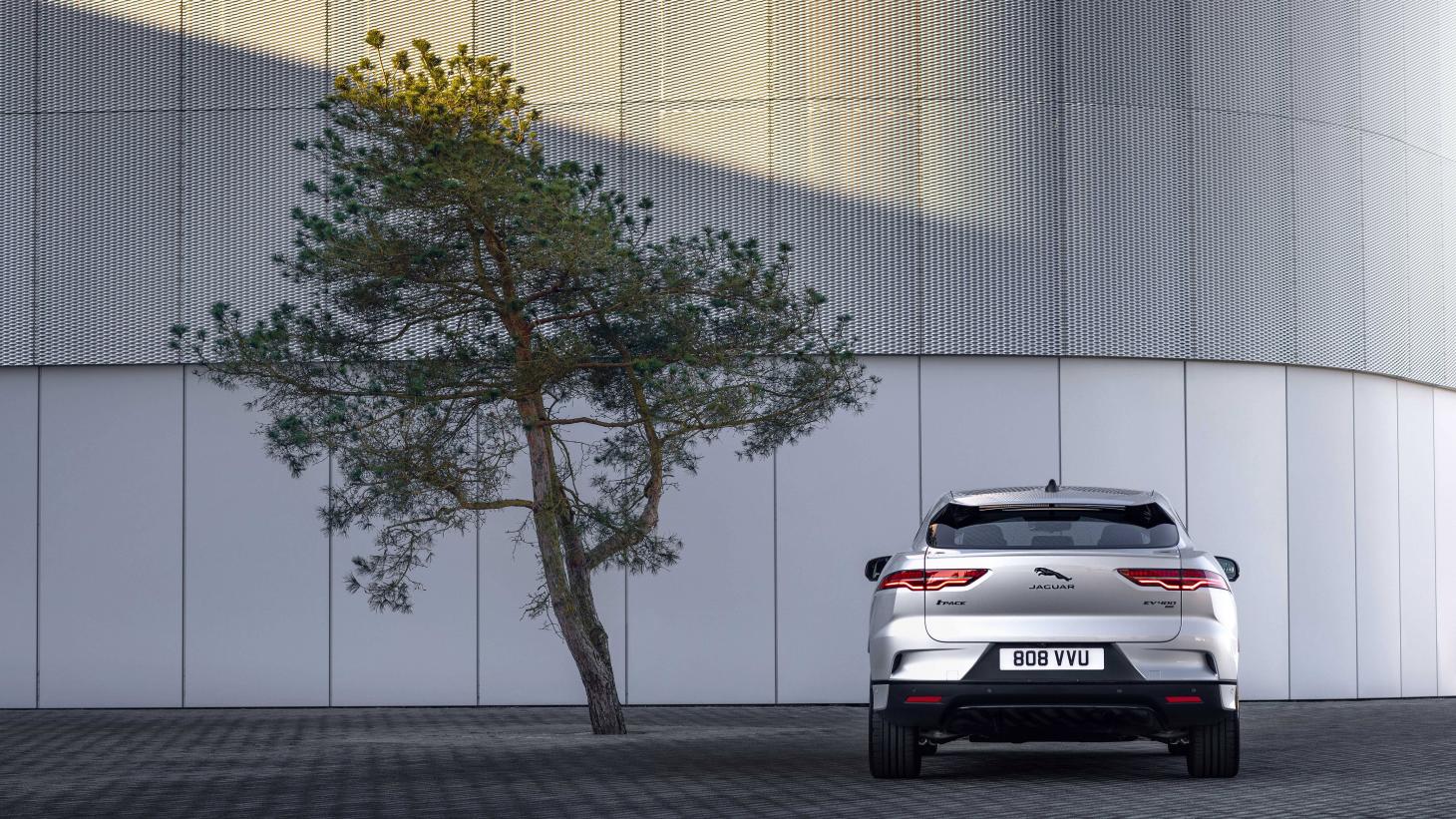
Jaguar has an unsinkable heritage, a history that carries with it a wave of goodwill and faithful fans. As with so many legacy brands, these long-term admirers tend to be vociferous, protective, and outspoken. The I-Pace was seen as a successful attempt to translate that passion into a product that new customers actually wanted to buy.
However, it’s not all been plain sailing. Somewhere deep within Jaguar’s Design and Engineering Centre in Gaydon, Warwickshire, sits a fully signed-off model of an all-electric Jaguar XJ, a car that was cruelly pulled from the market just months from launch.
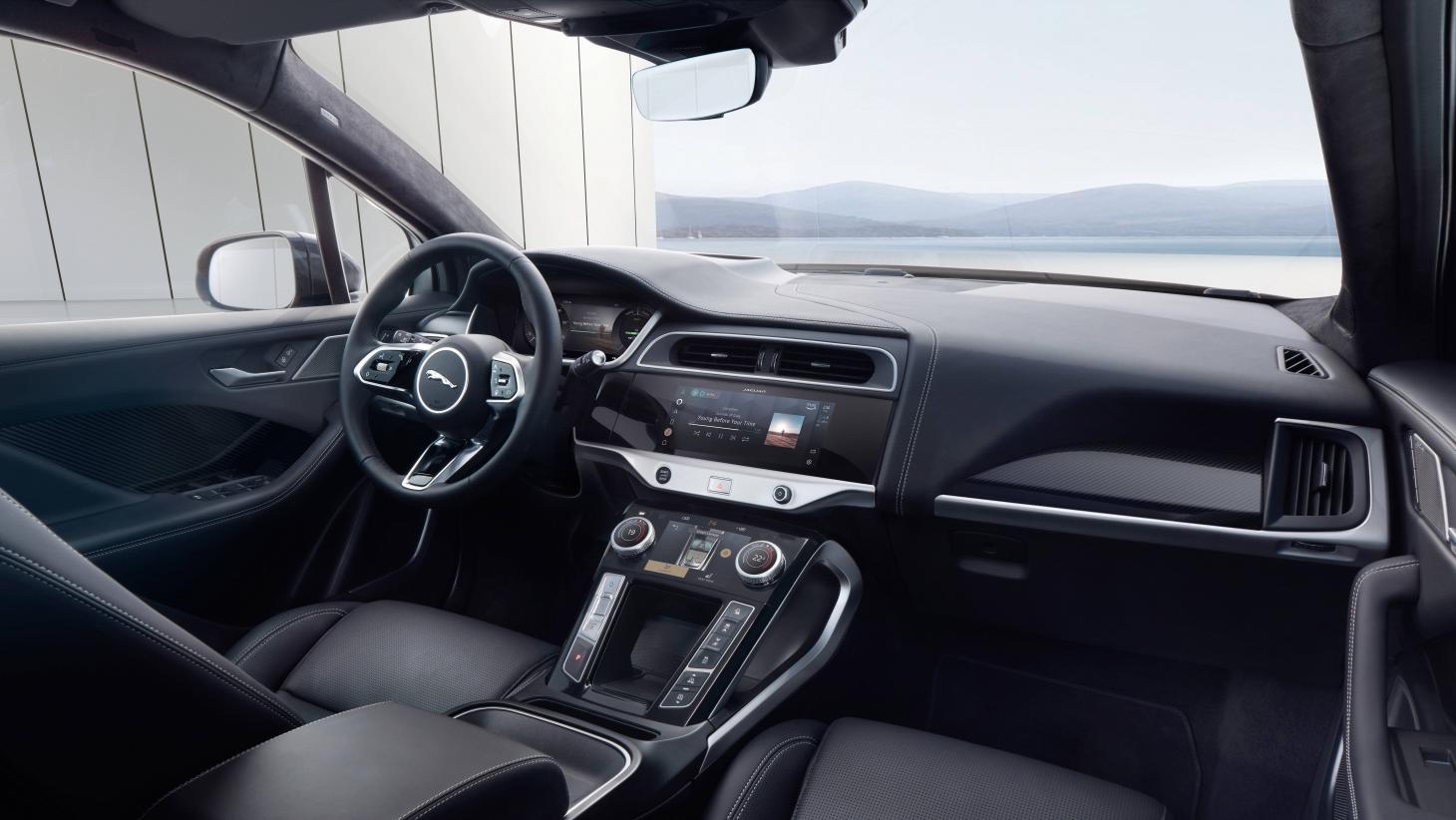
At some point, the new XJ was deemed unworthy of the brand’s renewed emphasis on premium design and quality. The official reasons given for this about-turn – which cost the company several hundred million pounds – was that it didn’t tie in with the brand’s ‘change of direction’. Such a swift turn in a slow-moving industry was unsurprisingly damaging, both to the company’s bottom line and to its image. Whether the XJ couldn’t cut it in terms of design, quality, or performance (the latter is the most likely), is unknown.
Wallpaper* Newsletter
Receive our daily digest of inspiration, escapism and design stories from around the world direct to your inbox.
As he pulled the plug on the XJ, Jaguar’s new CEO, Thierry Bolloré, also announced there would be an all-electric line-up by 2025. No doubt the sums were done, and the numbers crunched before this decision was made, but to outsiders, it all felt a little rash. With precisely one EV in production, Jaguar still relies on SUV sales from the F-Pace and E-Pace, both available as plug-in hybrids. There’s no such sophistication from its brace of saloon cars, the XE and XF, both handsome, capable cars that have been left behind by the pace of change. The F-Type sports car remains the company’s biggest nod to its sporting history but is something of an outlier in terms of platform, poise, and purpose.
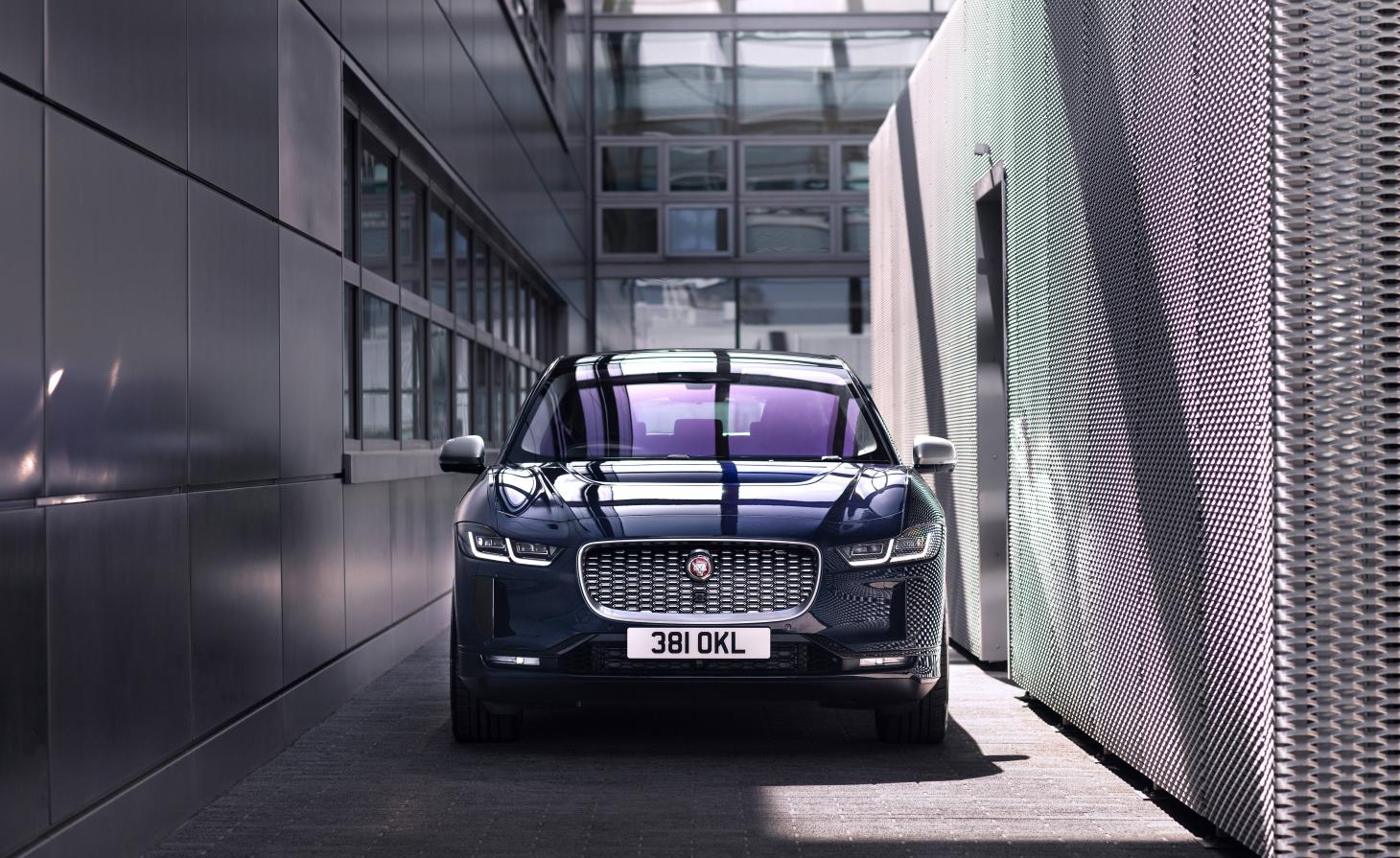
Sacrificed alongside the electric XF was the J-Pace, a premium SUV intended as a riposte to Porsche’s hugely successful Cayenne range. Given that high-profile Land-Rover product launches have continued at a rapid pace over the past few years, outsiders would be forgiven for thinking that the older British nameplate had been somewhat side-lined by JLR’s Indian owners, Tata. Car companies are a little bit like giant oil tankers; turning them around requires an enormous amount of pre-planning and foresight. Get it wrong and you risk running aground, leaving you with a catastrophe that can take decades to clean up.
That’s why strategy is so important. Planning, designing, and manufacturing a car is about lining up subcontractors and production centres, fixing forms, materials, and technology many years in advance, then working with dealers and marketeers to gauge demand and stimulate new desire.
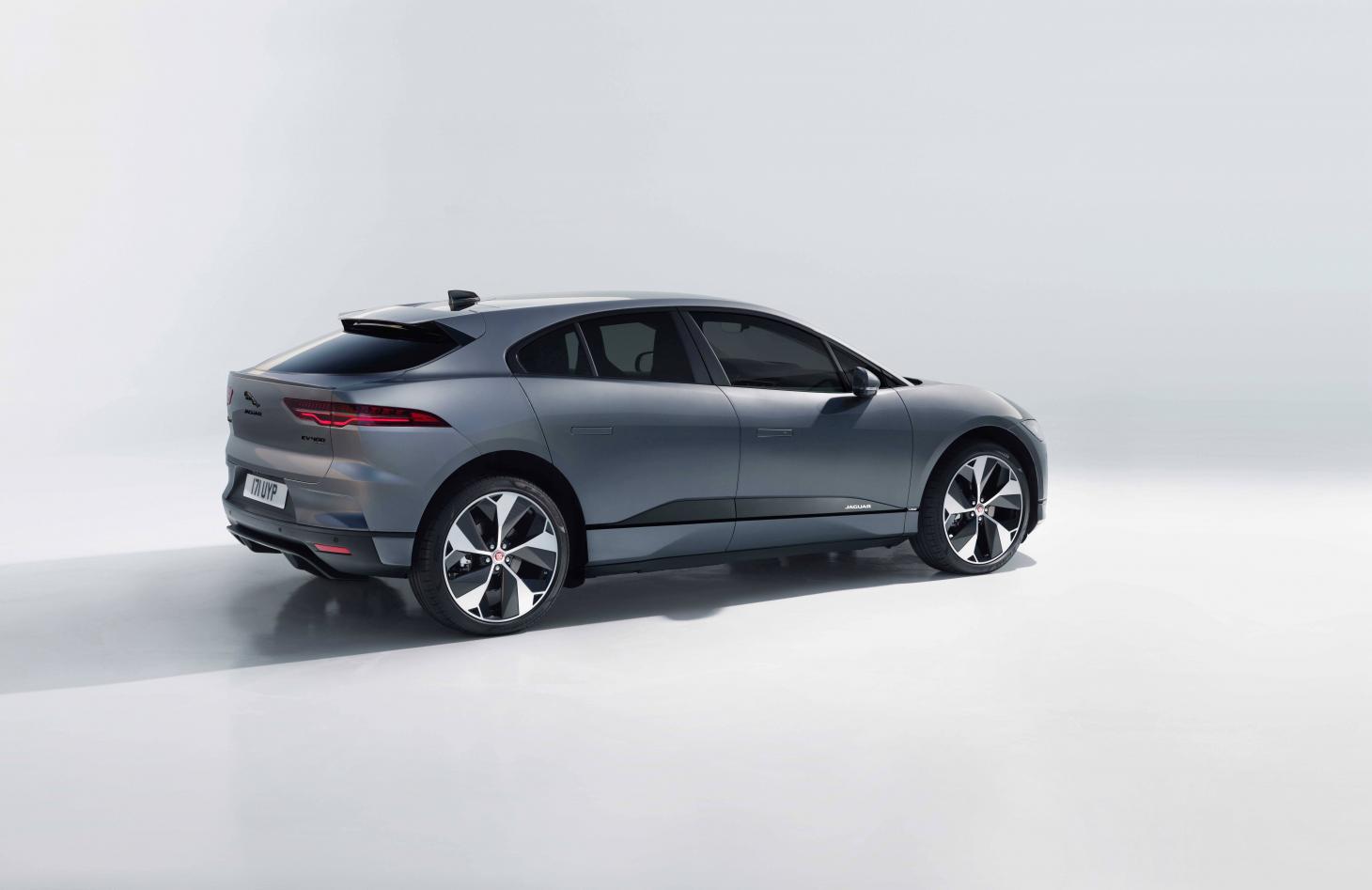
In automotive terms, the Jaguar I-Pace is now something of a veteran. What the company desperately needs is new product that makes the I-Pace look like old hat. By now, Jaguar is presumably shaping these cars around an all-new electric platform, announced in February and called 'Panthera'. It recently scrubbed its Instagram page of past imagery, ready for a fresh start. There’s plenty of speculation afoot, such as a suggestion that Jaguar wants to compete head-to-head with Bentley, with lower volumes and higher prices. It’s even been said that the newly electrified company might not have a dedicated sports car, at least to start out with.
Whatever happens, Jaguar’s old German rivals are already well down this uncharted road. The company will also be contending with a host of new brands from the US and China, as well as revitalised and repositioned names like Lotus, whose Eletre ‘hyper SUV’ will be firmly established in the marketplace come 2025. Jaguar’s great leap forward will have to be something truly special for the company to avoid extinction.
INFORMATION
Jaguar I-Pace, from £65,620
Jonathan Bell has written for Wallpaper* magazine since 1999, covering everything from architecture and transport design to books, tech and graphic design. He is now the magazine’s Transport and Technology Editor. Jonathan has written and edited 15 books, including Concept Car Design, 21st Century House, and The New Modern House. He is also the host of Wallpaper’s first podcast.
-
 This new Vondom outdoor furniture is a breath of fresh air
This new Vondom outdoor furniture is a breath of fresh airDesigned by architect Jean-Marie Massaud, the ‘Pasadena’ collection takes elegance and comfort outdoors
By Simon Mills
-
 Eight designers to know from Rossana Orlandi Gallery’s Milan Design Week 2025 exhibition
Eight designers to know from Rossana Orlandi Gallery’s Milan Design Week 2025 exhibitionWallpaper’s highlights from the mega-exhibition at Rossana Orlandi Gallery include some of the most compelling names in design today
By Anna Solomon
-
 Nikos Koulis brings a cool wearability to high jewellery
Nikos Koulis brings a cool wearability to high jewelleryNikos Koulis experiments with unusual diamond cuts and modern materials in a new collection, ‘Wish’
By Hannah Silver
-
 2025 Seoul Mobility Show report: all that's new and notable
2025 Seoul Mobility Show report: all that's new and notableOpened at a time of high national drama, the 2025 Seoul Mobility Show has gone on to underscore Korea’s place at the cutting edge of the auto industry. Guy Bird was there
By Guy Bird
-
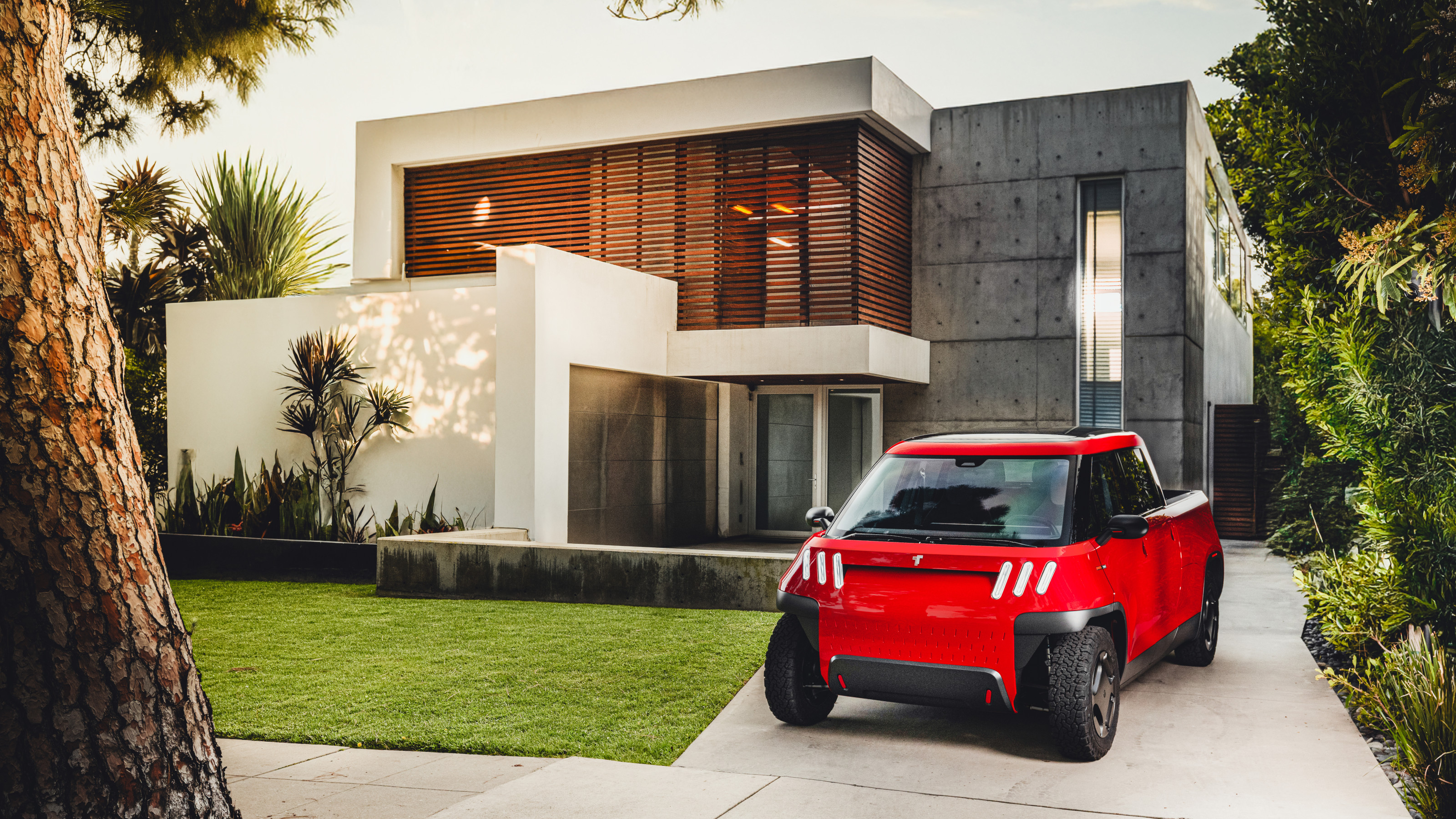 Meet the final drivable prototype of the Telo MT1 pickup truck, shaped by Fuseproject
Meet the final drivable prototype of the Telo MT1 pickup truck, shaped by FuseprojectThe Telo MT1 is a modestly scaled EV that turns the traditional all-American approach to pick-up truck design on its head
By Jonathan Bell
-
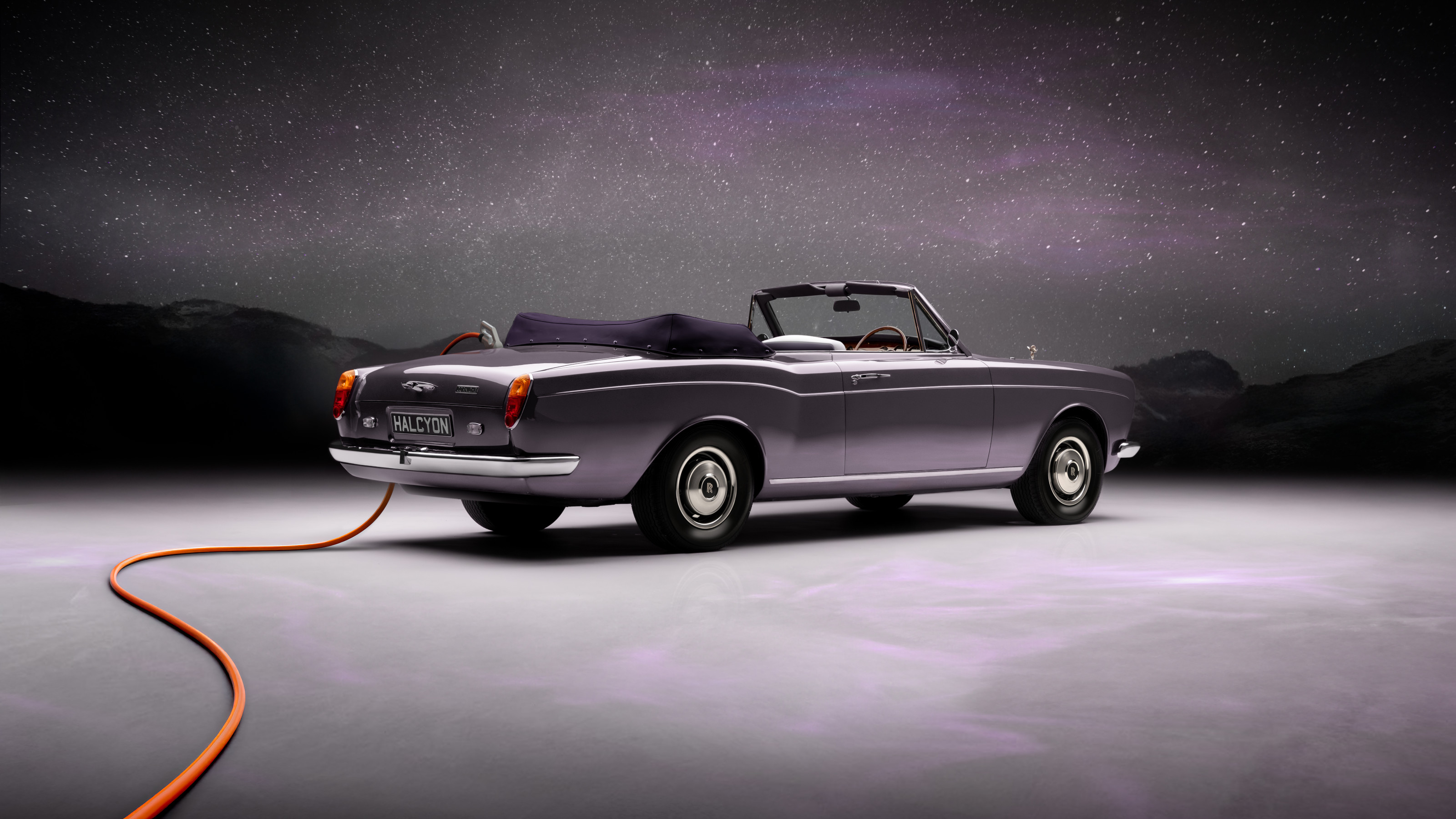 EV start-up Halcyon transforms a classic 1970s Rolls-Royce into a smooth electric operator
EV start-up Halcyon transforms a classic 1970s Rolls-Royce into a smooth electric operatorThis 1978 Rolls-Royce Corniche is the first fruit of a new electric restomod company, the Surrey-based Halcyon
By Jonathan Bell
-
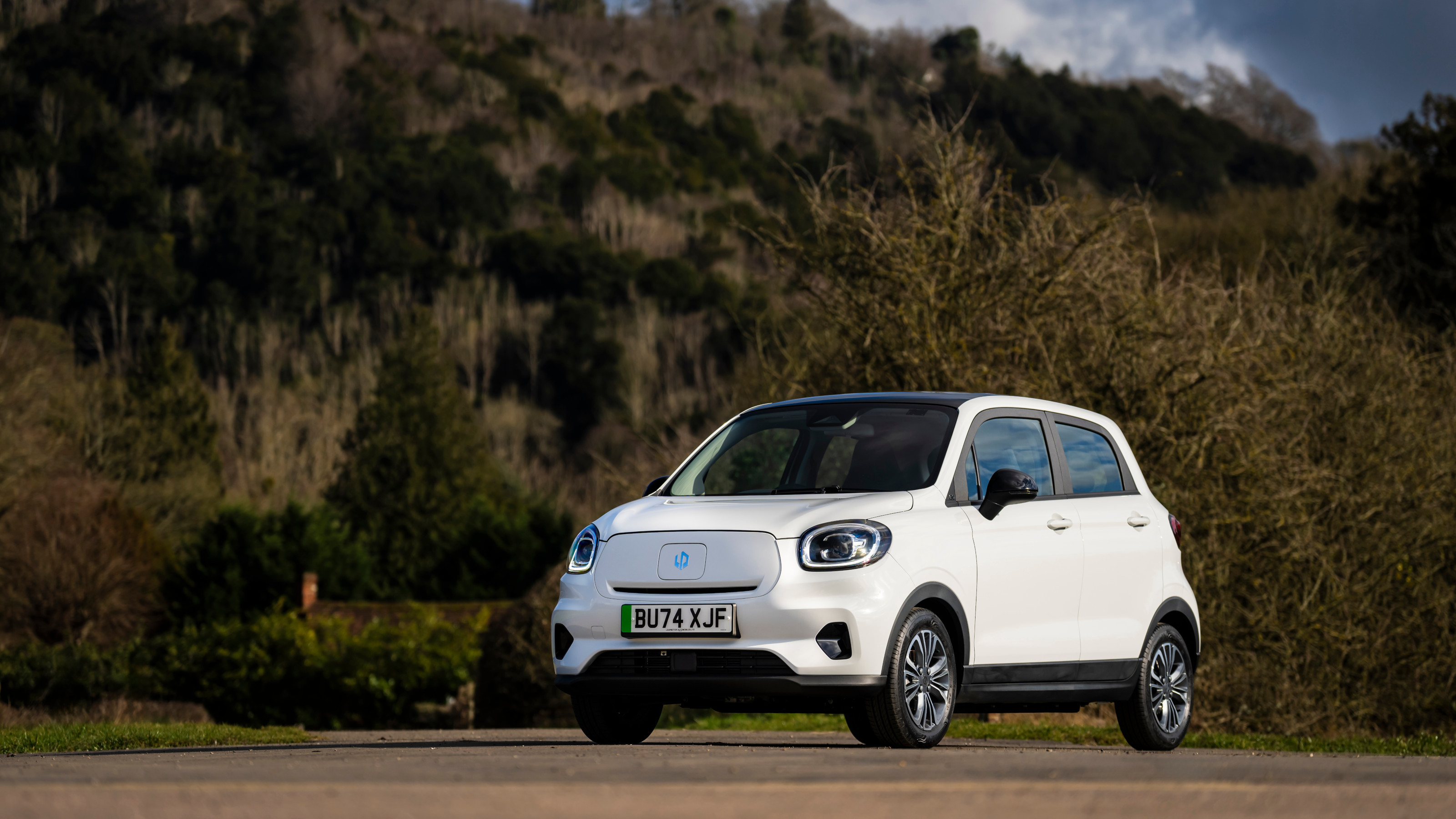 China’s Leapmotor pounces on the European car market with its T03 city car and C10 SUV
China’s Leapmotor pounces on the European car market with its T03 city car and C10 SUVLeapmotor’s tiny electric city car could be just the tonic for cramped urban Europe. We sample the T03 and its new sibling, the fully loaded C10 SUV, to see if the company’s value proposition stacks up
By Jonathan Bell
-
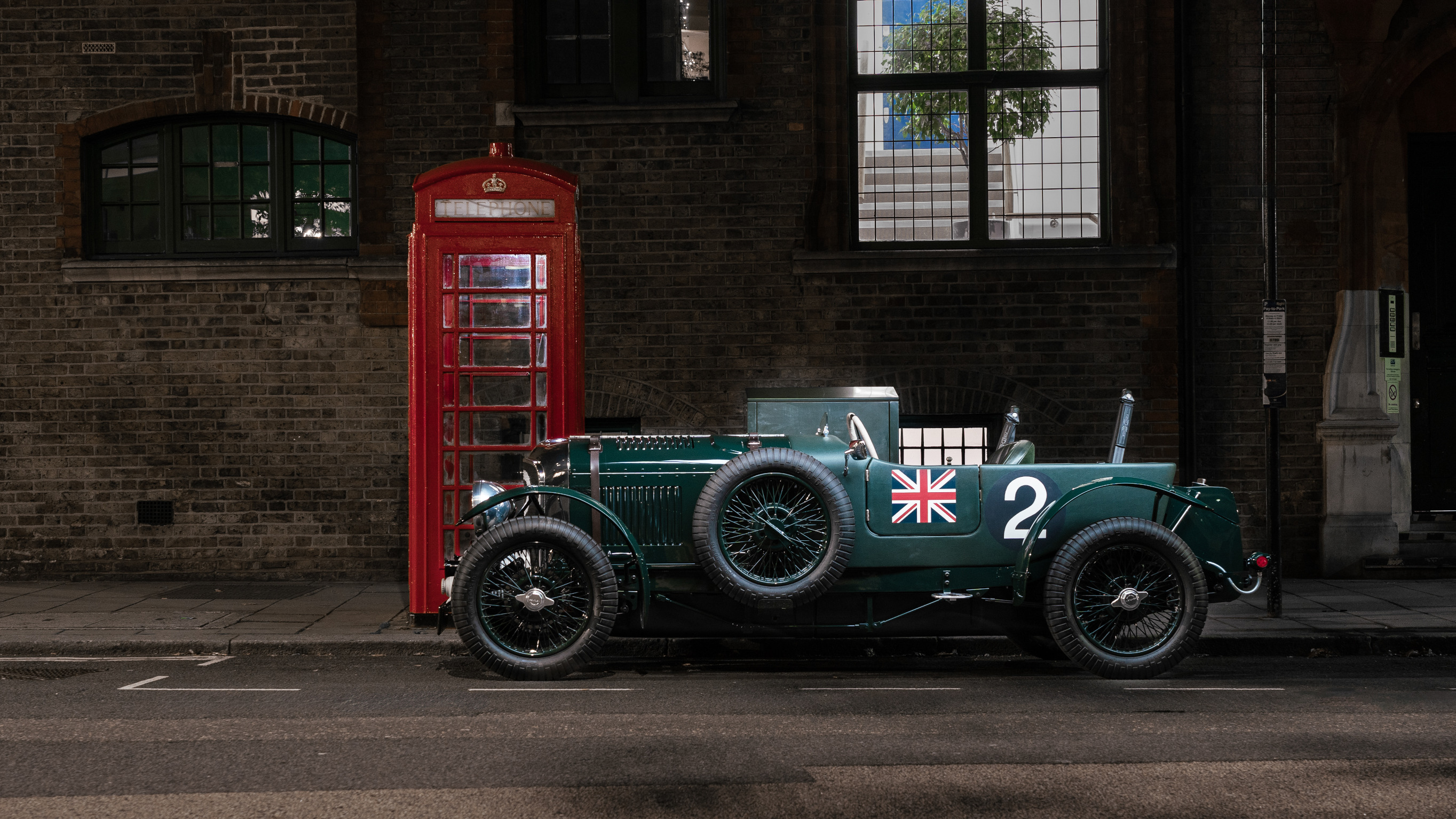 Wallpaper* takes the wheel of the Bentley Blower Jnr for a rich automotive experience
Wallpaper* takes the wheel of the Bentley Blower Jnr for a rich automotive experienceHedley Studios has shrunk the mighty Bentley Blower into this all-electric, road-legal barnstormer. We take it to the streets of London
By Jonathan Bell
-
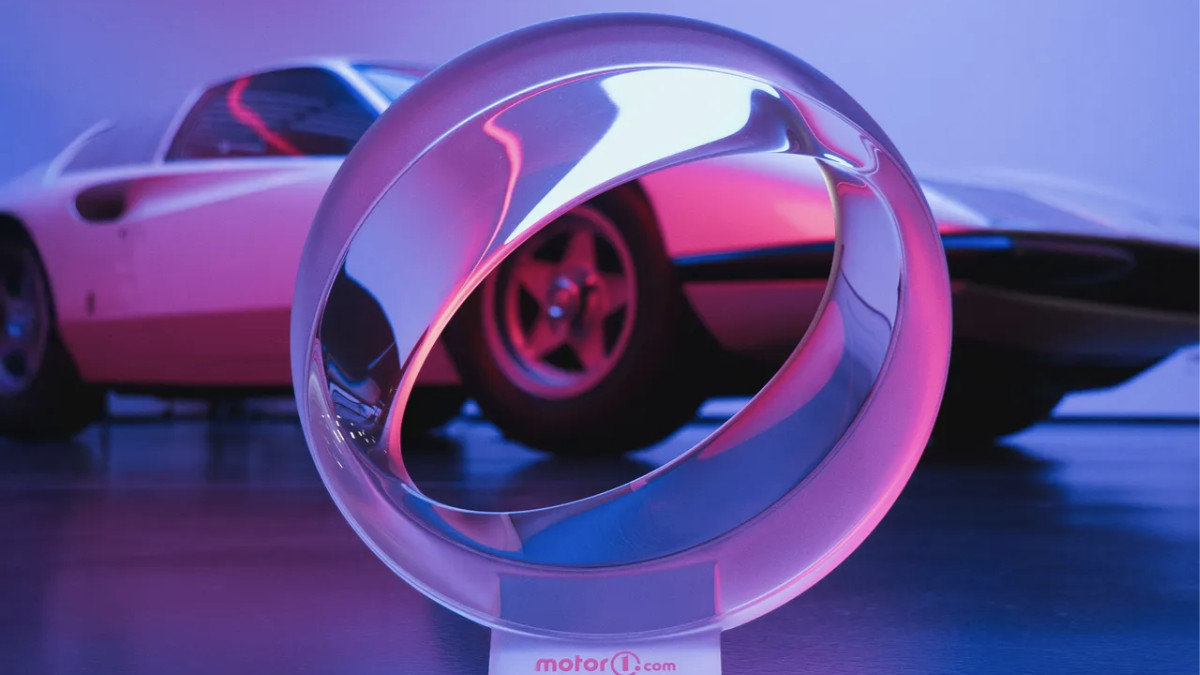 We are the world: Pininfarina’s ‘Orbis’ taps Papal support for an eco-friendly agenda
We are the world: Pininfarina’s ‘Orbis’ taps Papal support for an eco-friendly agendaThe Orbis is a ‘symbolic object’, a gift to Pope Francis from the Italian design agency at a time of political upheaval and social fracture around all aspects of sustainability
By Jonathan Bell
-
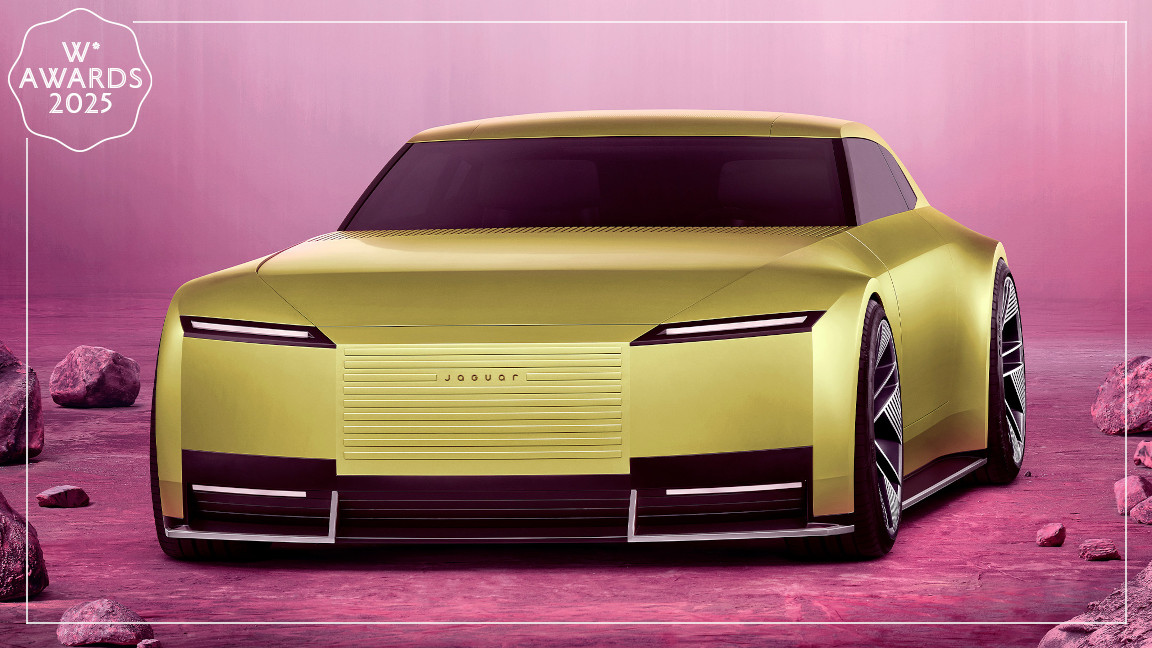 Jaguar’s big rethink earns its Type 00 concept car a Wallpaper* Design Award 2025
Jaguar’s big rethink earns its Type 00 concept car a Wallpaper* Design Award 2025We salute the forward-thinking and bold choices of the dramatic Jaguar Type 00 Concept, a preview of next year's all-new electric GT
By Jonathan Bell
-
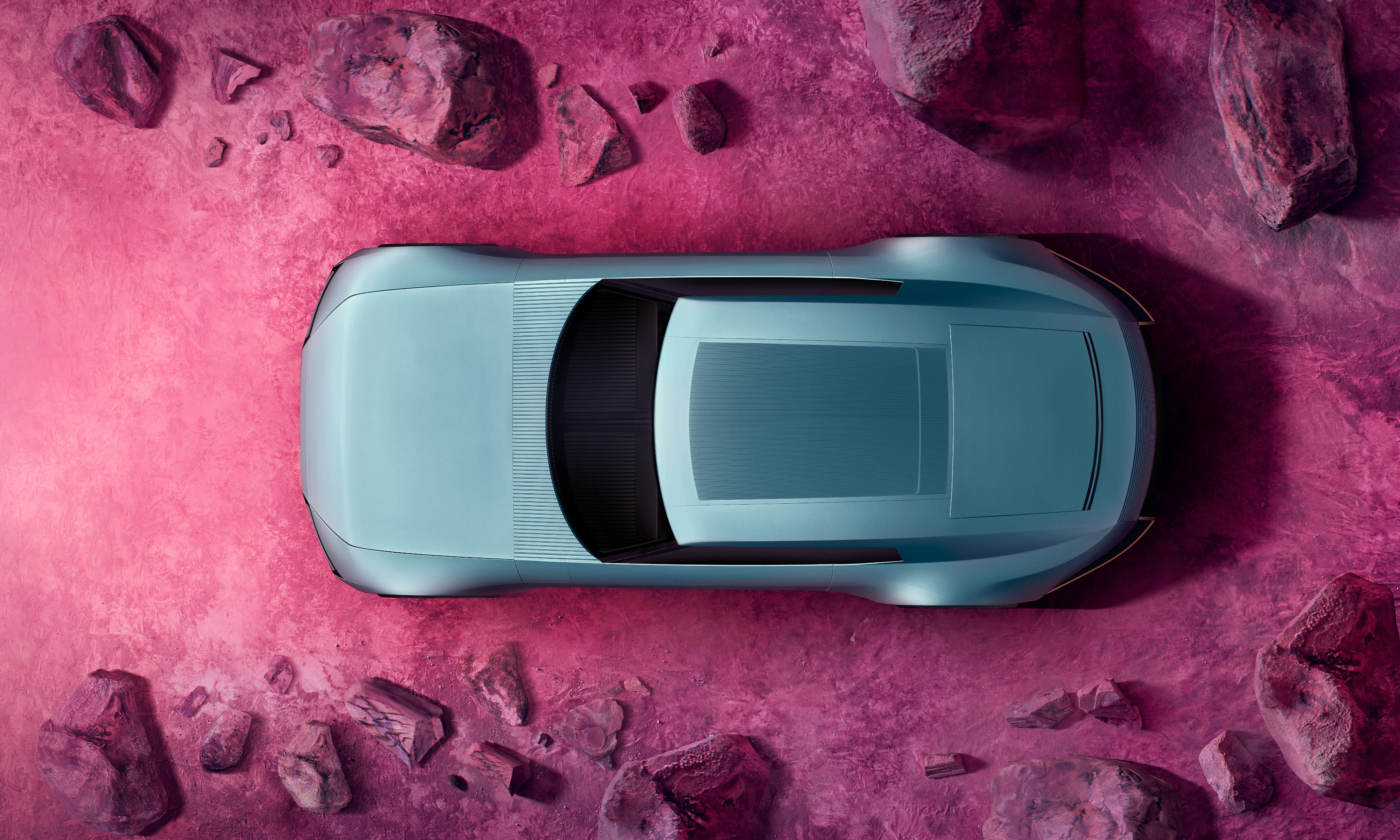 The top 10 concept cars of 2024, as selected by Wallpaper’s Transport Editor
The top 10 concept cars of 2024, as selected by Wallpaper’s Transport EditorWe round up our favourite forays into futuristic design with this collection of concepts and design studies showcasing the transport of tomorrow
By Jonathan Bell